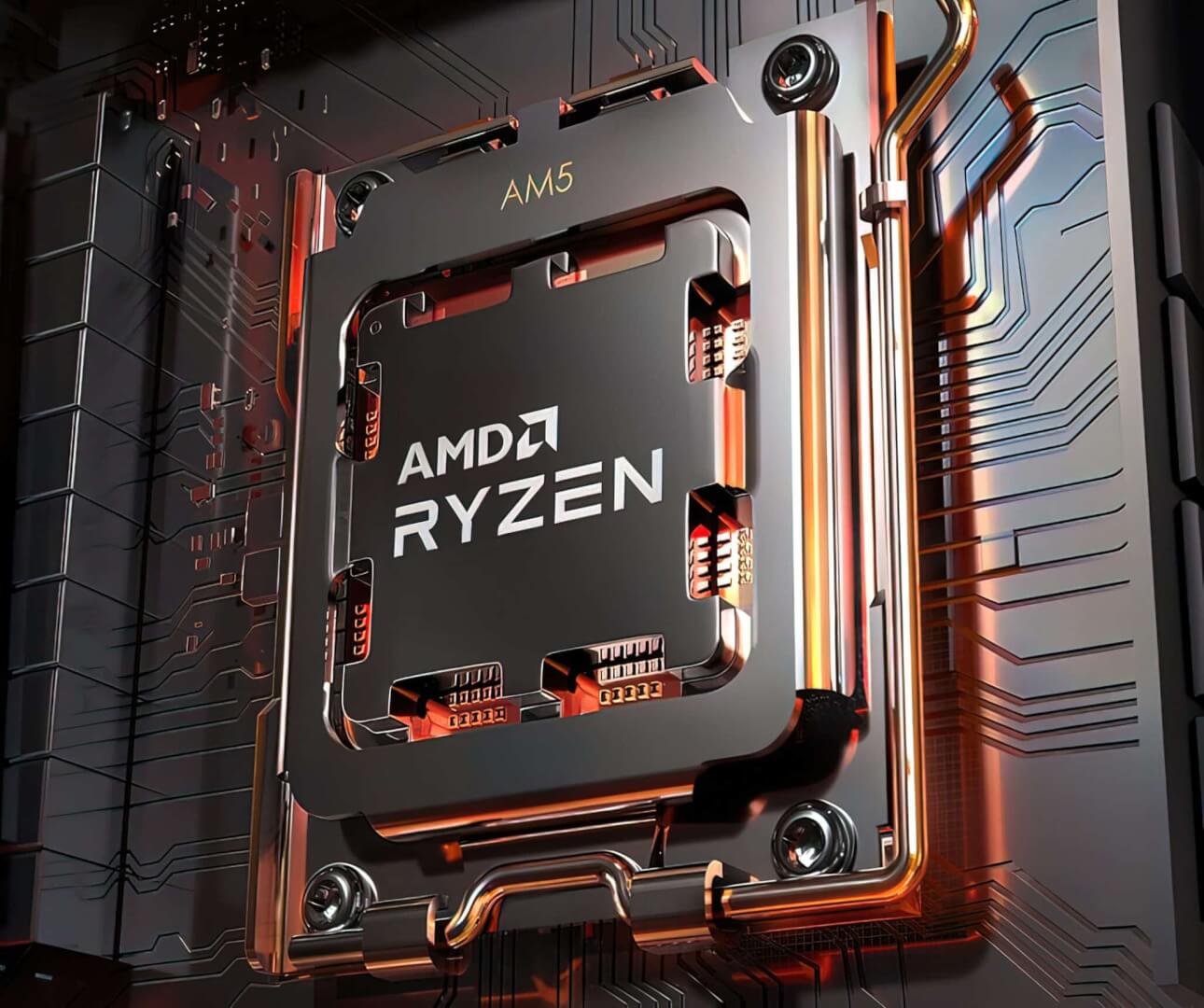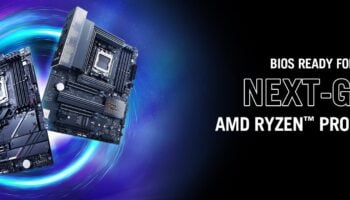AMD has addressed the performance issues plaguing the Ryzen 9 7950X in gaming workloads in a blog post. A while back, multiple reports revealed a deficit in the gaming performance of the 16-core CPU when running at stock. The Raphael flagship is notably faster, with half of the cores or a CCD disabled. it is 17% faster in Metro Exodus with better average and minimum frame rates. The primary reason behind this deficit is that the primary CCD runs at a higher boost clock than the secondary (5.7GHz vs. 5.4GHz).
AMD believes that such issues are frequently seen with new architectures, much like the ones faced by the early generations of the Ryzen family. The chipmaker has notified the community that it’ll engage with developers and hardware vendors to fine-tune their offerings for the next-gen Ryzen processors.
We have been made aware of reports of unexpected performance deltas in certain games with AMD Ryzen desktop processors as well as performance variances between Windows 11 and Windows 10 in certain game titles. We are currently investigating but based on testing to date have not observed a material difference in game performance between OS versions across a variety of operating scenarios and game titles.
Many factors affect gaming performance, including the game engine, CPU architecture, GPU selection and memory choices. As new architectures enter the market, we often observe performance anomalies which must be addressed by the component vendor or the game publisher. This is not a new phenomenon nor is it unexpected.
As we have done since the introduction of Ryzen, when these performance anomalies are brought to light we will use them to steer our partner engagements with game developers and ecosystem hardware partners to implement optimizations that eliminate the variations.
AMD
When the CPU runs with a single CCD enabled, all the game’s assets are on one die (at least as many can be cached). This results in lower overall latency and faster communication between the various cores on the die, especially with relatively lightly threaded workloads such as gaming. With both CCDs enabled, the resources are spread across the two chiplets with a non-zero distance, increasing the latency and performance in cache-sensitive workloads like gaming. Developers can alleviate this by programming the program to store data related to a particular process on the same die, but there are limits to this workaround.






